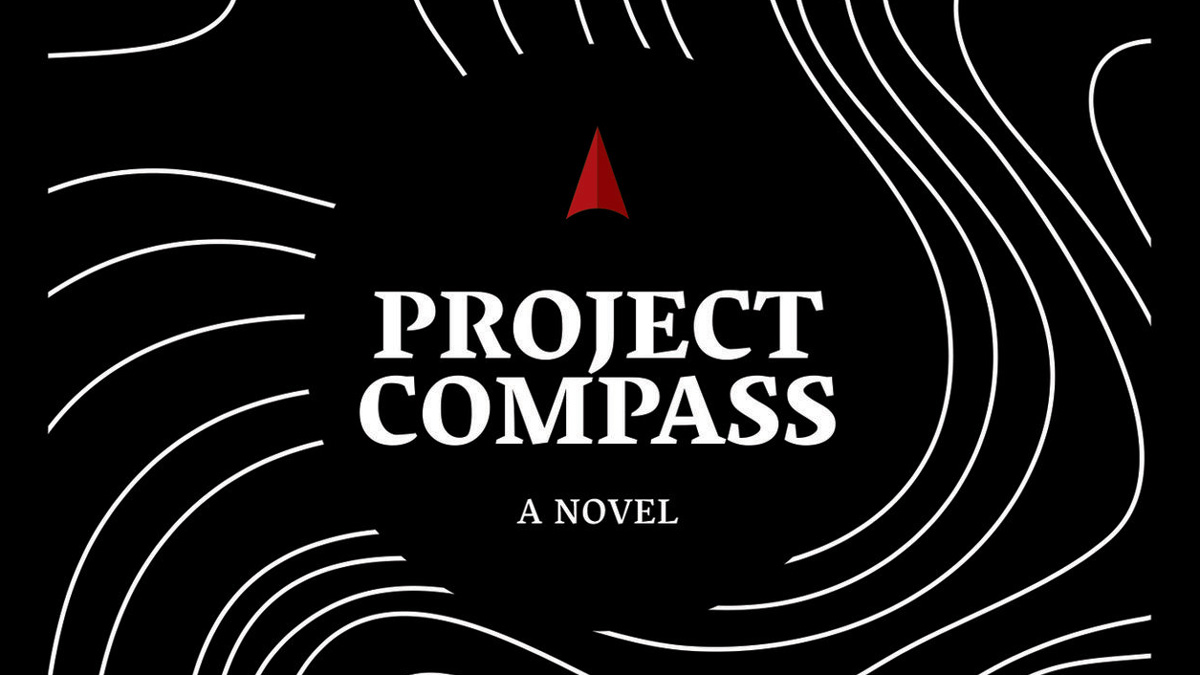Local Book Review: Project Compass
 supplied
suppliedProject Compass
Robert Strong, Matthew Stepanic, Lizzie Derksen, and Kristina Vyskocil
Monto Books
The only thing better than good books is good books about Edmonton.
Originality is always welcome in novels. After all, according to Vonnegut, we’re all just recycling the same plot points to tell a story. So it’s up to authors to breathe a new fire into those age old ideas. Project Compass does just that, with a premise intruding enough to excite me as soon as I heard about it.
Project Compass takes place in Edmonton on June 21 — the longest day of the year. Four authors each take their characters from, North, East, West, and South Edmonton and towards the centre of the city.
“West,” written by Robert Strong, is the story of the easily unlikable and elderly Conrad. But Conrad’s past tells an endearing story full of the pain of regret and loneliness. It’s peppered with Conrad’s lies of his past, which slowly reveal themselves to a young woman who inexplicably cares for Conrad every day.
In Mathew Stepanic’s “East,” we follow Alex as he distracts himself from his ex by using a dating app to meet other men. The writing often jumps from risqué to endearing in the span of a few pages. This chapter had the weirdest plot points strewn around, though — namely when Alex thought he was in an alternate universe after seeing a magazine headlining that Hillary Clinton won the election. Which was fake, I guess? Yeah, I don’t know.
“North,” written by Lizzie Derksen, tugged the most heartstrings. The second person narrative of a mother who has been shunned by her family was both beautiful and poignant. The narration is direct in the reflection of the character and incredibly vivid in its imagery. North’s character was the most intriguing to follow as she made the walk from one end of the city to the other.
“South,” written by Kristina Vyskocil, was my favourite. We follow her character as she has a really shitty day. It gets progressively worse as we dutifully follow the stressful train of thought of someone in their early 20s trying to get their life together.
Each section is spread so the reader jumps back and forth between characters, but I highly recommend reading each section on its own. For example, from the first couple pages of “South,” the vivid imagery and brutally relatable plot line had me instantly hooked. I read it all twice in one go before touching other sections.
The setting of Project Compass adds a layer of familiarity if you’re from Edmonton. It’s fun finding out exactly where the characters are through the subtle mentions of their surroundings. At times, though, the descriptions are on-the-nose to the point of annoyance. Characters would randomly rattle off some sort of inane aspect of Edmonton or the exact storefronts surrounding them that would and do seem odd to anyone who’s not from here.
Project Compass should be read like an anthology instead a coherent novel. Sure, each section takes place at the same time and city, but the style is different enough to feel jarring when in between sections. This narrative says something about our own lives though. We’re so wrapped up inside our own heads that always assume we’re the main character in the shot. The truth is, we’re all leading complicated and difficult lives every second. In this aspect, Project Compass captures the beauty of the variance found in everyday life.




